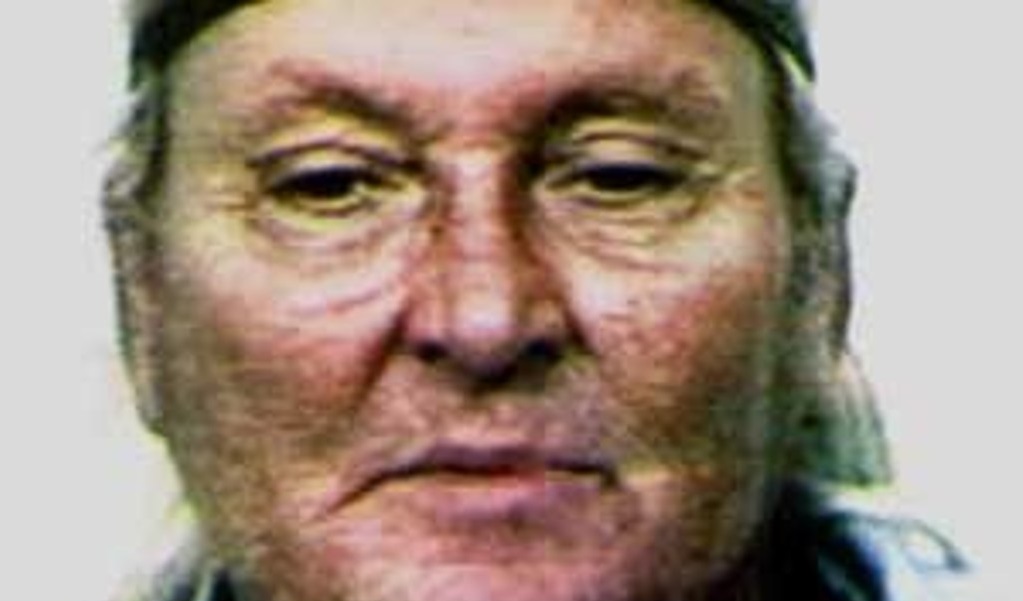Clarence Ray Allen was an American criminal who was executed by lethal injection at San Quentin State Prison in California for the murders of three people. Take a look below for 28 more bizarre and interesting facts about Clarence Ray Allen.
1. At age 76 in 2006, he became the second oldest inmate at the time to be executed in the United States since 1976, after John B. Nixon, who was executed in Mississippi in December, 2005, at age 77.
2. Pro-death penalty activists cite Allen’s actions as a reason to support capital punishment in the United States.
3. He was already serving a life sentence for one murder when he was convicted of organizing the killing of three more people.
4. While in prison, Allen acknowledged his Native American Choctaw heritage.
5. He claimed to be deaf, blind and severely disabled, requiring a wheelchair for mobility.
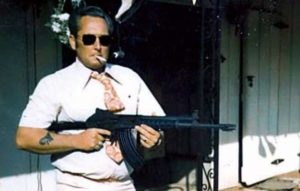
6. Allen didn’t know any sign language to communicate with hearing people.
7. During his execution, he was able to walk from his wheelchair to the death podium unassisted. In addition, he appeared to be looking straight at his family prior to receiving the first dose of drugs during his lethal injection procedure.
8. Allen had a confirmed advanced case of type 2 diabetes, and he suffered a perhaps related heart attack on September 2, 2005.
9. His lawyers declared that, “he presents absolutely no danger at this point, as incapacitated as he is. There’s no legitimate state purpose served by executing him. It would be gratuitous punishment.”
10. His lawyers argued that his execution would constitute cruel and unusual punishment and requested that he be granted clemency by California Governor Arnold Schwarzenegger, which was refused.
11. In 1974, Allen plotted the burglary of Fran’s Market, a Fresno area supermarket, owned by Ray and Fran Schletewitz, whom Allen had known for years. The burglary netted $500 in cash and $10,000 in money orders from the store’s safe.
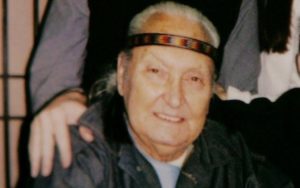
12. Schletewitz confronted Roger Allan, Rey’s son, informing him that he had been told of the crime by Kitts, and Roger Allan admitted to the crime.
13. When Roger told his father of Bryon’s accusation, Allen stated that Schletewitz and Kitts would have to be “dealt with.”
14. Allen ordered the murder of Kitts by Lee Furrow. After an unsuccessful attempt to poison her with cyanide capsules, Allen called Furrow to see if he had killed Kitts. Furrow told Allen that he was in the process of strangling her and Allen replied, “do it.”
15. After killing Kitts, Furrow threw her body into the Fraint-Kern Canal. The body has never been found.
16. While in Folsom Prison, Allen conspired with fellow inmate Billy Ray Hamilton to murder the various witnesses who had testified against him, including Bryon Schletewitz.
17. After Hamilton was paroled from Folsom Prison, he carried out Allen’s orders.
18. On September 5, 1980, Hamilton and his girlfriend, Connie Barbo, went to Fran’s Market, east of Fresno, California. Bryon Schletewitz, the son of the market’s owner, worked at the market. There, Hamilton murdered Schletewitz and fellow employees Josephine Rocha, 17, and Douglas White, 18, with a sawed off shotgun and wounded two other people Joe Rios and Jack Abbott.
19. Five days after the events at Fran’s Market, Hamilton was arrested while attempting to rob a liquor store. Police found a “hit list” on him, with the name and addresses of the witnesses who testified against Allen at his trial for Kitts’ murder.
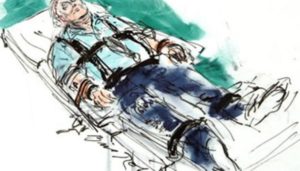
20. In 1980, the California Attorney General filed charges against Allen and prosecuted the trial in Glenn County, California, due to a change of venue.
21. The trial lasted 23 days, and 58 witnesses were called to testify. Ultimately, the jury convicted Allen of triple murder and conspiracy to murder eight witnesses.
22. In 1987, the California Supreme Court affirmed Allen’s death sentence.
23. In 2005, the U.S. Ninth Circuit Court of Appeals found that Allen’s trial counsel had been inadequate, and the evidence against him was largely the testimony of Allen’s several accomplices, who painted him as the mastermind who forced them by threats and scare tactics to commit robberies and murders.
24. On January 15, 2006, the Ninth Circuit Court of Appeals denied Allen’s claim that executing an aged or infirm person was cruel and unusual punishment, observing that his mental acuity was unimpaired and that he had been fifty years of age when he arranged the murders from prison.
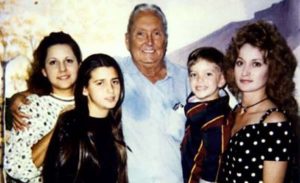
25. Allen was executed by lethal injection on January 17, 2006, the day after his 76th birthday, at California’s San Quentin State Prison.
26. Allen was assisted in the death chamber by four correctional officers, though a media observer stated that he was clearly moving under his own power.
27. To the surprise of everyone present, the warden indicated that he needed an additional injection of the lethal potassium in order to stop his surprisingly healthy heart.
28. Allen died with an eagle feather on his chest. He was wearing a medicine bag around his neck, and a beaded headband. He was visited shortly before the execution by two Native American spiritual advisers.

